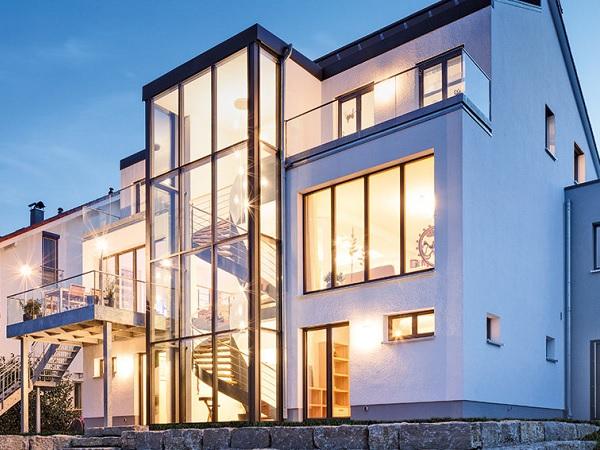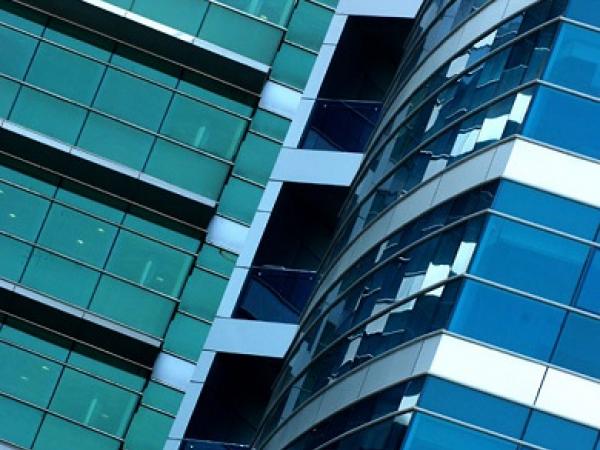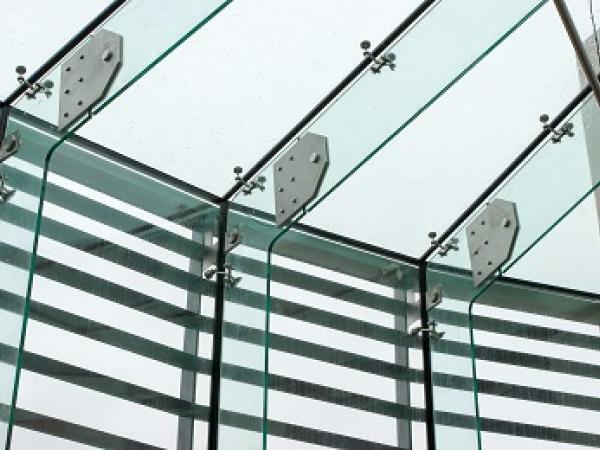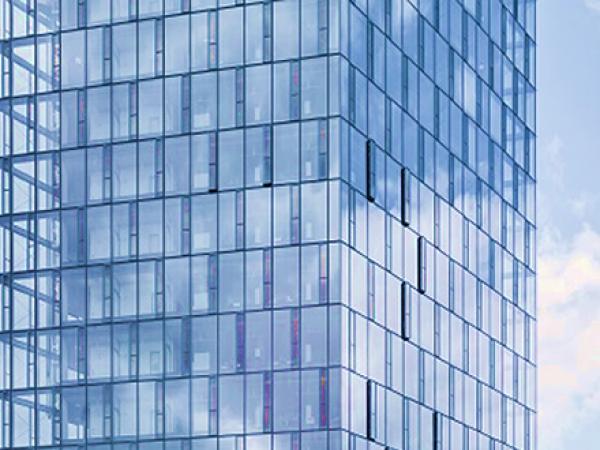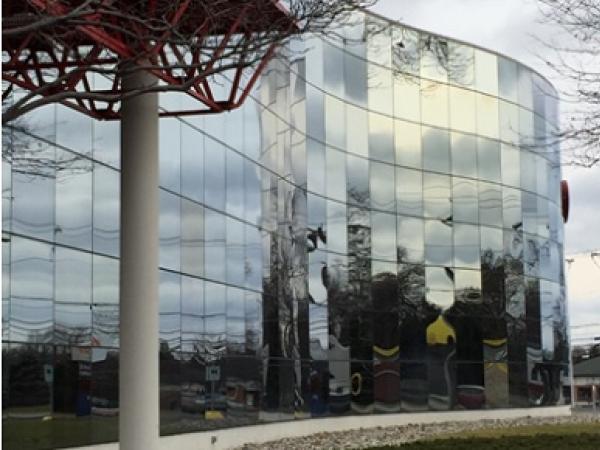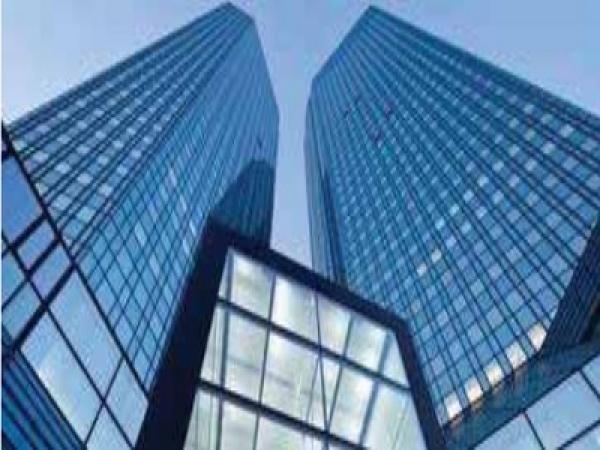Others also read
| glasstec generates important impulses: Good mood and solid investment climate
| Also, this edition confirmed glasstec as the main glass industry event. Check out the highlights from the show.
| Thanks to the committed involvement of architectural offices, university departments and industry associations, glasstec offers some unique added value: the special show: glass technology live!
| sedak GmbH & Co.KG, Germany, operates the largest insulating glass line in the world – about extraordinary glass processing and the role of LiSEC.
| LiSEC is the pioneer in terms of the development and production of production lines for large-scale insulating glasses – incl. interview with Hannes Spiss, facade engineer at Arup, Büro für Bautechnik (office for construction technology)
| The innovative FINSTRAL window wall system meets demanding requirements – constantly flexible, always individual
| Cost cutting, it is often said, is difficult in glass production and processing as this sector is characterised by manual processes.
| Multiple glass options offer customized ways to suit different building needs.
| Today’s functional buildings tend to have shapes that go much further than pure expediency, and glass is therefore used more and more frequently as a structural support element.
| Touchscreen displays, LED technology and ultra-thin glasses: The multifunctional diversity of glass in IT and architecture will, in the long term, lead to a combination of both.
| Modern, transparent and prestigious – large glass façades are very much in vogue for office complexes and industrial buildings.
| “UniGlass is committed to stay at the forefront of the technological trends. We want to make sure we can offer our customers the total range of glass products that they need for their projects.”
| Spandrel glazing has developed to a stage where more efficient insulation can generate higher thermal stresses than can normally be resisted by heat strengthened (HS) glass on which ceramic enamel (frit) has been applied.
| Over half the world’s seven billion inhabitants live in cities, by the year 2050 the number will grow to almost ten billion. In order to avoid a climatic collapse in the metropolises, there is no other alternative to energy-efficient buildings.
| In just two and a half decades glass has very quickly made the transformation from simple window glass to an almost universally applicable material.
| Cities are eating up an increasing amount of heat and electricity. In order to reduce this consumption, buildings have to become increasingly efficient and integrate more renewable energies.
| This paper describes an alternative set of layers stacks which comprises only metallic and oxidic layers and which can be obtained with Leybold Optics’ coaters.
| The crisis of the photovoltaic industry is drawing to a close. While it is true demand for solar modules is dropping in Europe, demand in many other regions is rising rapidly.
| Finding ways to improve energy efficiency is one of the greatest challenges facing contemporary architecture.
| Although the costs for solar power have come down considerably lately, photovoltaics are still unable to compete with conventional energy sources.
| Thanks to on-going research and development efforts glass products can take on ever new functions.
| Frank Lloyd Wright's reasoning for the building design was that he wanted the Kaufmann family to live with the waterfalls, to make them part of their everyday life, and not just to look at them now and then.









